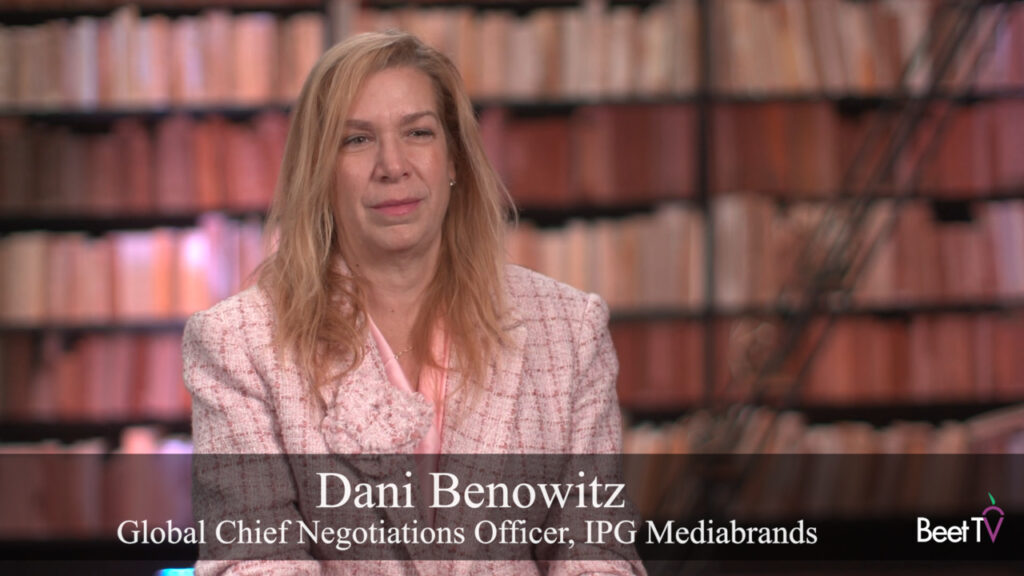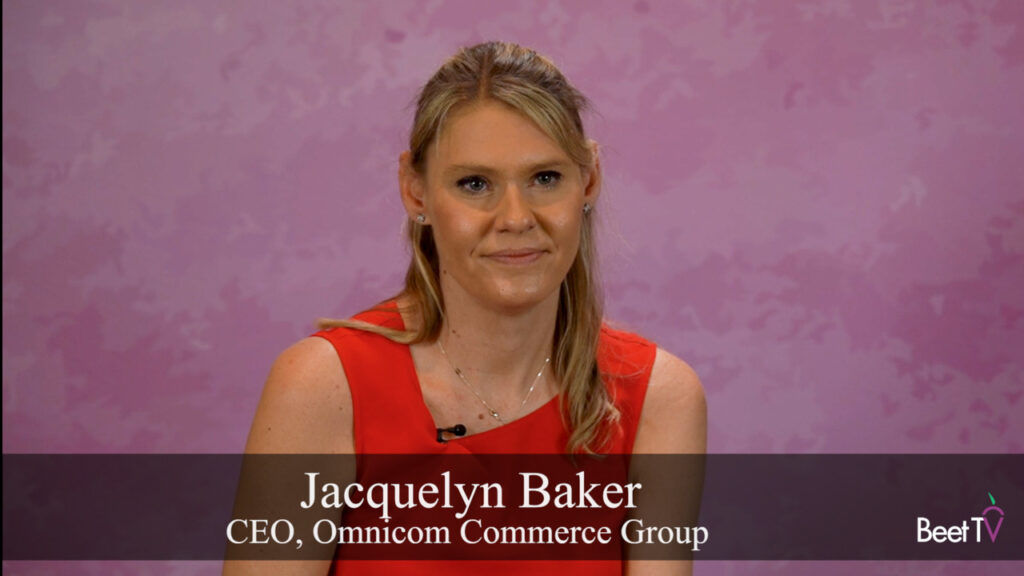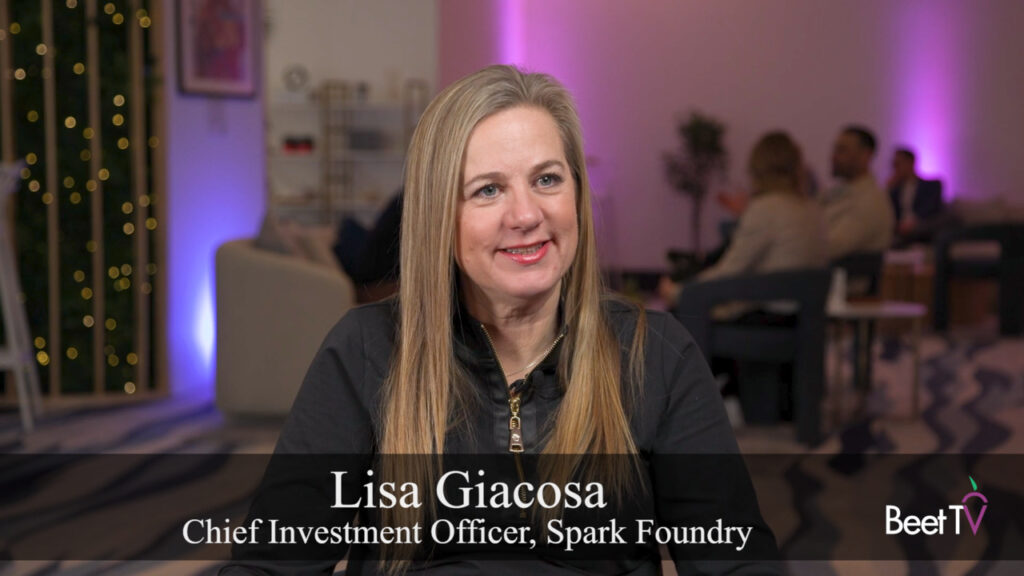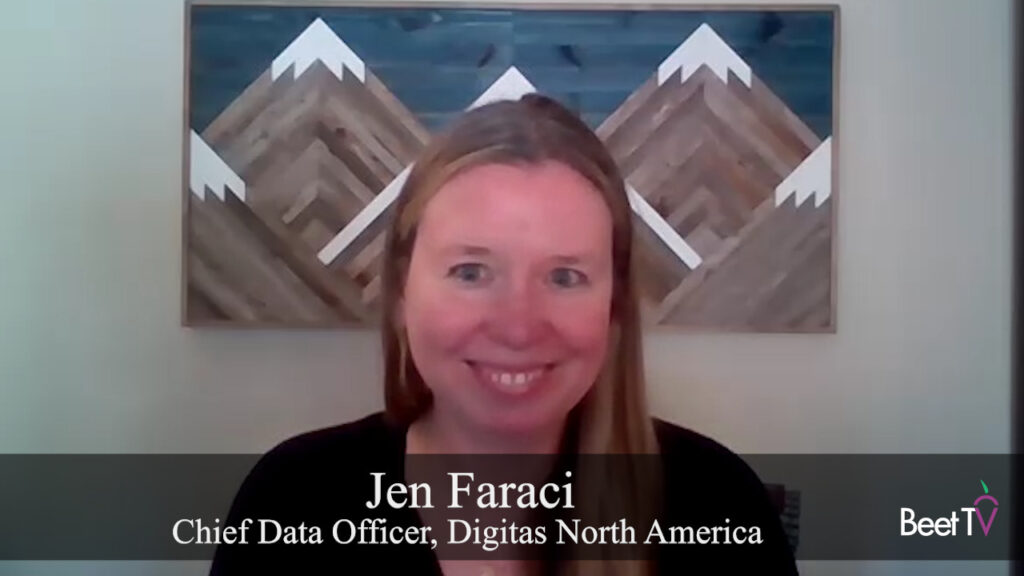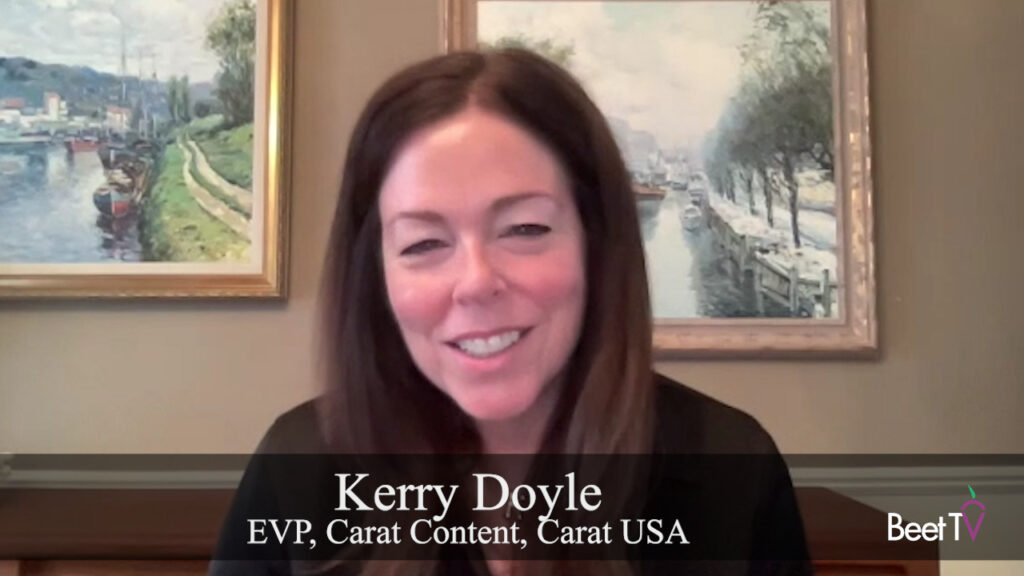The media industry is riding a wave of innovation, and Comscore believes the best approach to combine it all.
Although traditional measurement providers are coming under scrutiny in the multi-screen, cross-device era, Senior VP of TV & Cross-Platform Analytics, Joe Ruthruff, says layering the best data sources the way ahead. Beet.TV spoke to him at the 12th annual CIMM Summit.
The company is leveraging multiple data points to provide what it says is a more comprehensive take on audience metrics – a strategy Ruthruff terms “triangulation”.
Harnessing the Strengths of Big Data
Acknowledging the renewed scrutiny, he says Comscore’s strategy has been to use the best data sources to overcome shortcomings in traditional measurement approaches, “triangulating” each.
He likens the approach to GPS triangulation, where multiple satellites provide a more accurate location than a single point of data.
“Media measurement is a similar circumstance where you’re not going to have one dataset that’s perfect,” Ruthruff says.
Representation through Data
The approach extends to the quest to better represent different demographic audience groups – a priority that has grown in the last couple of years.
Ruthruff explains that Comscore partners with organizations that overlay demographic data on their reporting households. “This is a fairly well understood process now in the industry,” he says.
“We were one of the first people to sort of take this approach for television in big data,” says Ruthruff. The process ensures that data collection remains anonymous while still providing critical information about the demographics of households.
Person-Based Measurement
Comscore is not stopping at household level viewing. Ruthruff is particularly excited about their move towards supporting person-level viewership.
“It essentially means ensuring that we not only are understanding viewership for general audiences, but viewership for specific targets,” he explains.
“We are taking a big data approach to persons level measurement, where we are personifying our household with data so that we can understand the probability that the different persons in the household are watching the viewership and, from those probabilities, make persons-level measurement happen,” Ruthruff says.



























